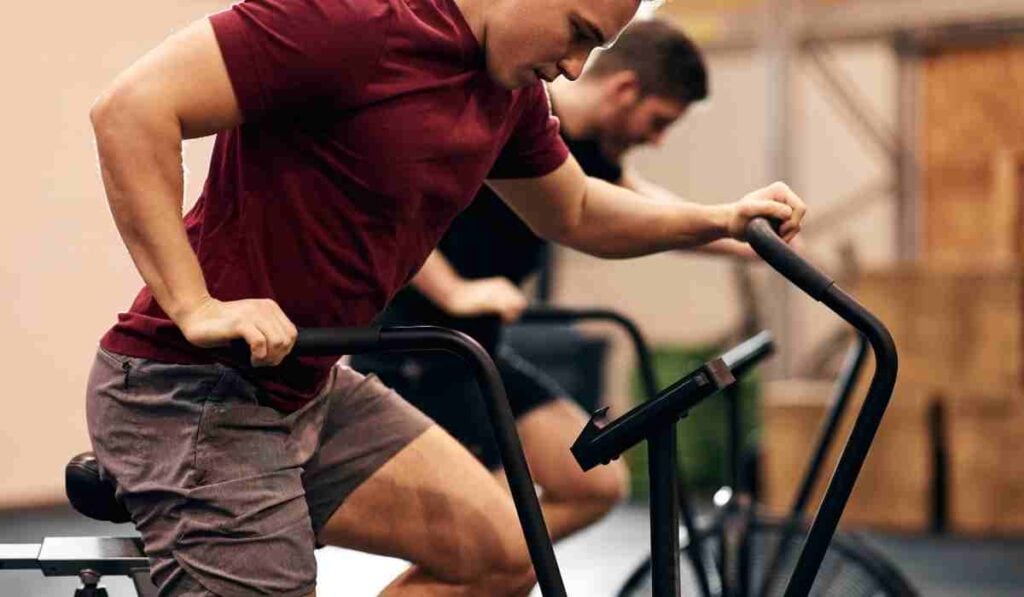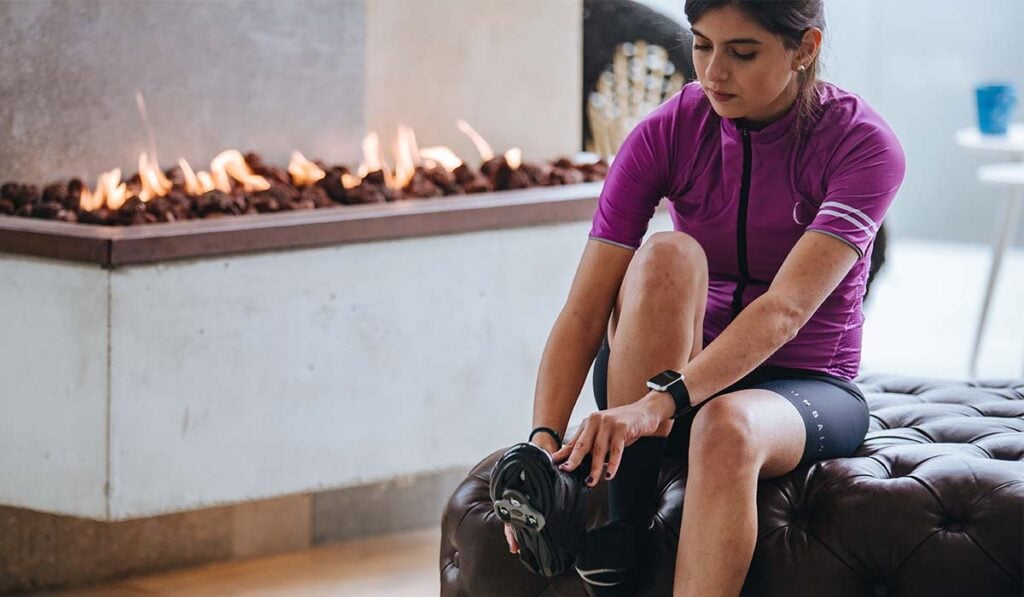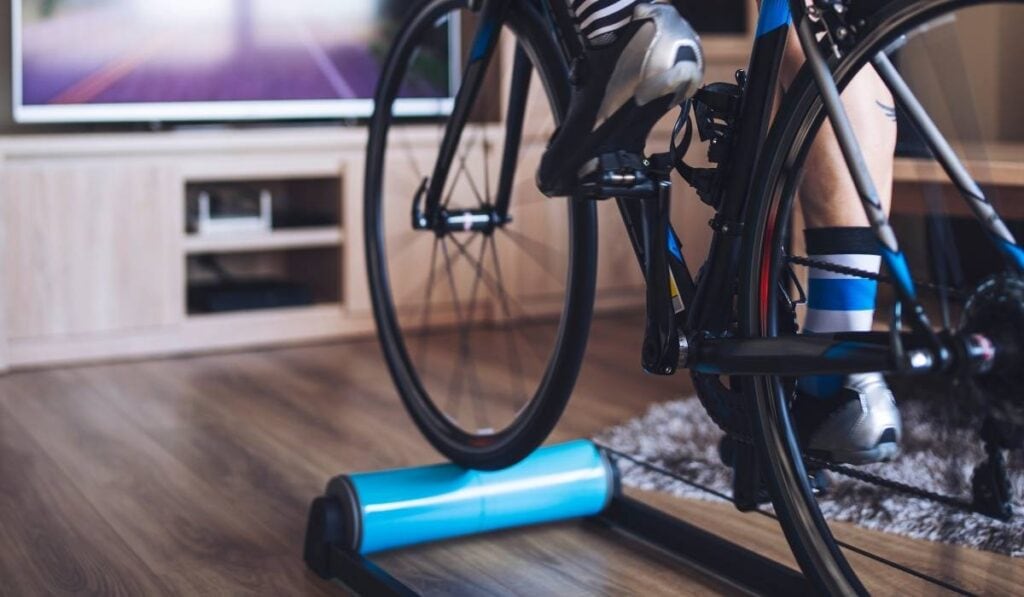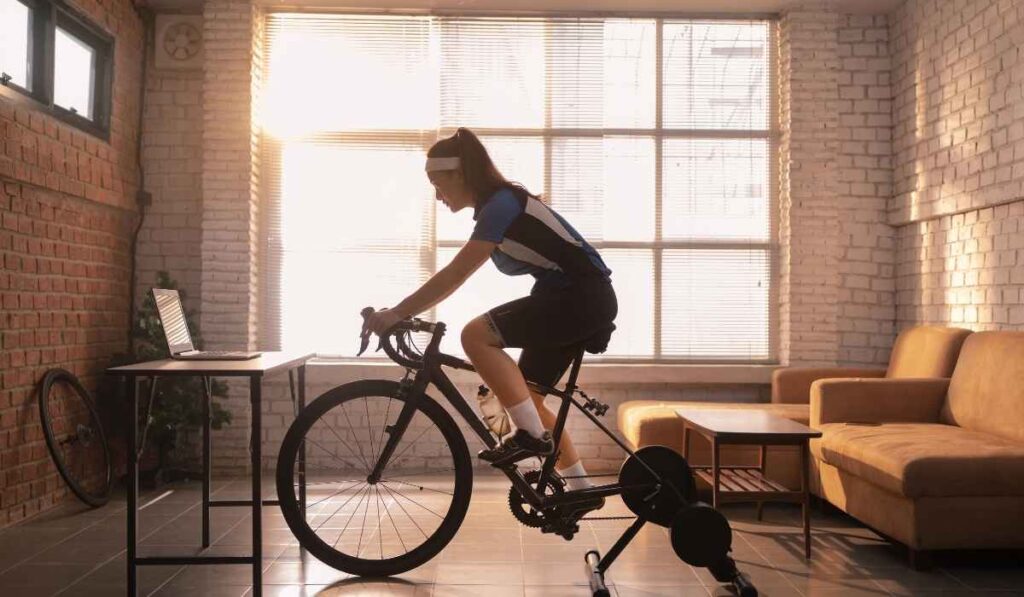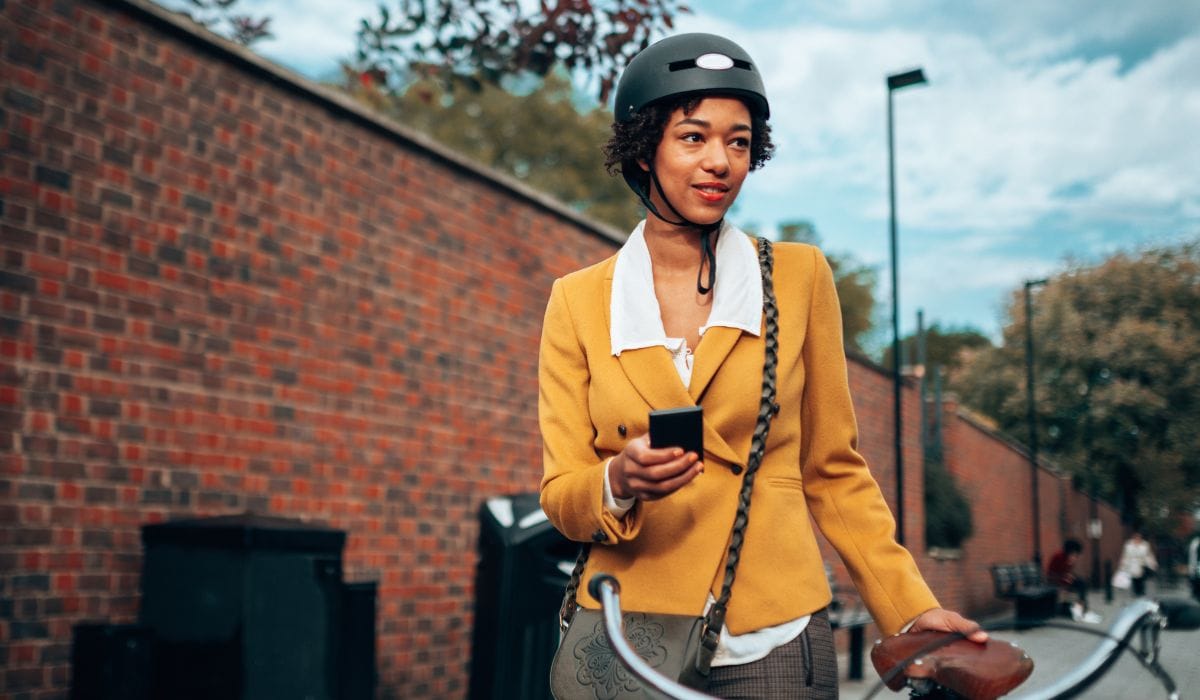
10 Tips for First-Time Bike Commuters
- 1. Ensure your bike is in excellent condition.
- 2. Practice cycling before you get out on the road.
- 3. Plan your route.
- 4. Familiarize yourself with cyclist hand signals.
- 5. Make sure you’re highly visible.
- 6. Follow traffic laws while bike commuting.
- 7. Be prepared for anything.
- 8. Wear bicycle safety gear.
- 9. Experiment with different ways to carry your stuff.
- 10. Recruit a friend to bike with you.
- Key Takeaways:
Bike commuting is an efficient, environmentally-friendly, and healthy way to get to work, but the first time you hop on the saddle to make your way to work might feel stressful! From cycling through traffic to facing unanticipated weather events, commuting to work isn’t always as easy as it sounds.
Getting started is the hardest part, so we’ve compiled a list of essential tips for first-time bike commuters. Make sure you do these things before bike commuting to work!
1. Ensure your bike is in excellent condition.
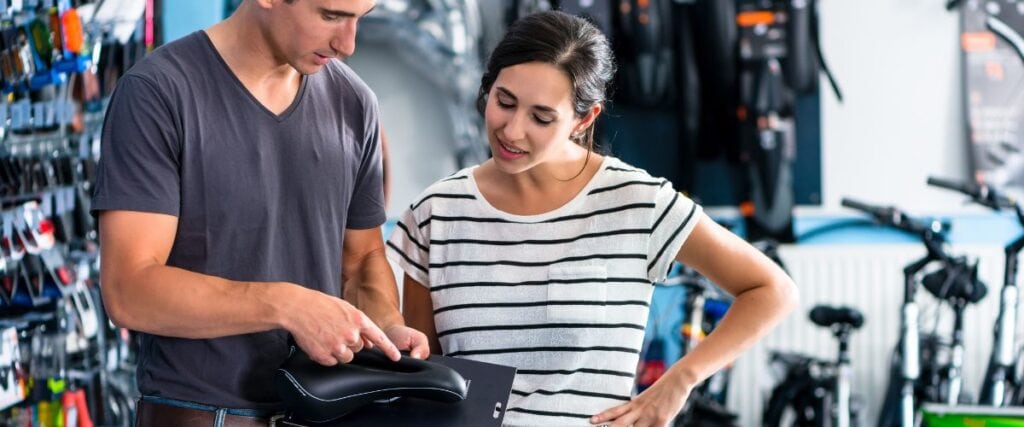
Investing in regular maintenance is a great idea if you use your bicycle instead of a vehicle to get to work. Regular maintenance ensures your bike is in excellent shape and ready to get you from point A to point B with no issues. If you bought a used bike, this is especially important!
To keep up with your bike maintenance, take it to a local bike shop for a comprehensive checkup every few months. It might feel like overkill, but doing your due diligence is worth it.
2. Practice cycling before you get out on the road.
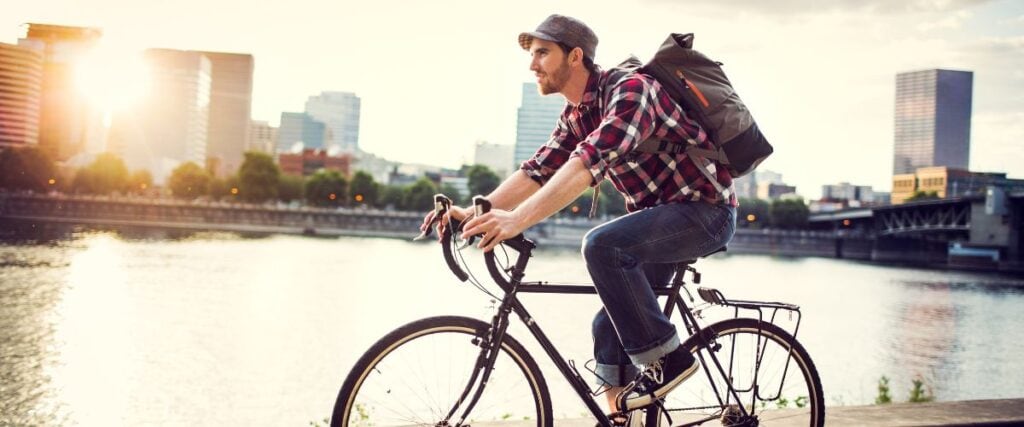
If you’re not already an avid cycler, you may want to take a few days or weeks to practice biking daily. It will take some time for your body to adjust to the physical demand of cycling regularly, and you’ll also need to get comfortable on your bike.
You can take some time to practice outside by biking around your neighborhood or out on the streets in your hometown. Or, you can practice indoors with a cycling app like Vingo. Biking indoors with Vingo may not prepare you to tackle your specific commuting route, but it will help you build cycling endurance and get more comfortable on a bike.
3. Plan your route.
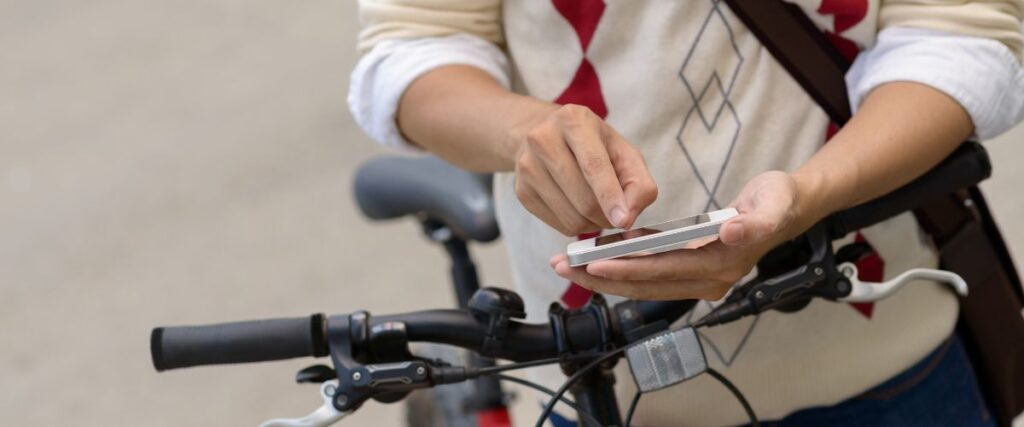
Your typical driving route when commuting to work may not be the best cycling route, so plan carefully. For instance, if you typically take local toll roads to work, you’ll need to find a different route through the city. Or, if your driving route is usually packed with traffic during daily rush hours, it’s a good idea to find an alternate route. Not all cities have a great cycling infrastructure but try to look for dedicated bike lanes or paths you can use to get to work.
4. Familiarize yourself with cyclist hand signals.

Using hand signals can help you stay safe while biking on the road with vehicle traffic. In the United States, it’s also required by law! You should use specific hand signals when turning or stopping, just as you would while driving.
For example, fully extending your left arm out to the side means you’re turning left while doing the same with your right arm means you’re turning right. Alternatively, pointing your fingers down with a bent left elbow means you plan to stop.1 Practice biking around your neighborhood using these signals before you head out on a busy road with traffic.
5. Make sure you’re highly visible.
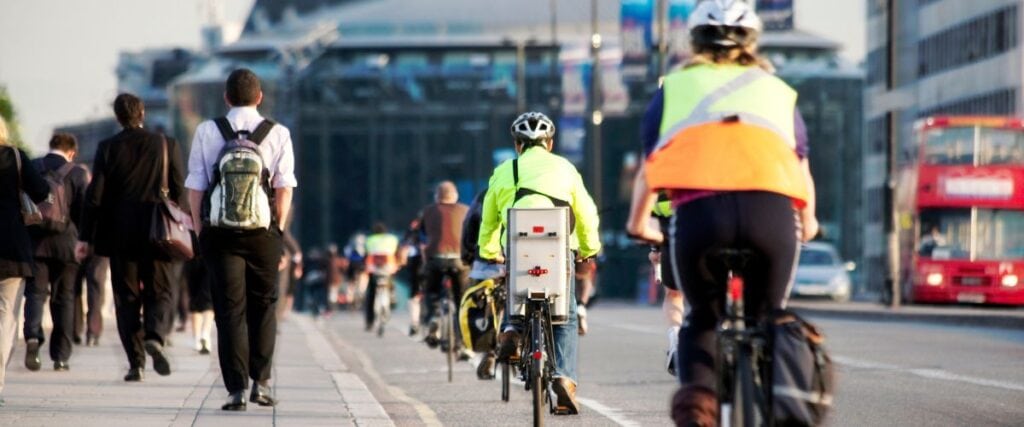
Depending on the time of day when you’re bike commuting, it may be necessary to wear reflective clothing. That way, cars can see you better in the dark early morning or evening hours. Even if you plan to bike during daylight hours, it’s wise to wear bright-colored clothes so you’re visible when cycling on the street. You can always change once you get to work!
6. Follow traffic laws while bike commuting.
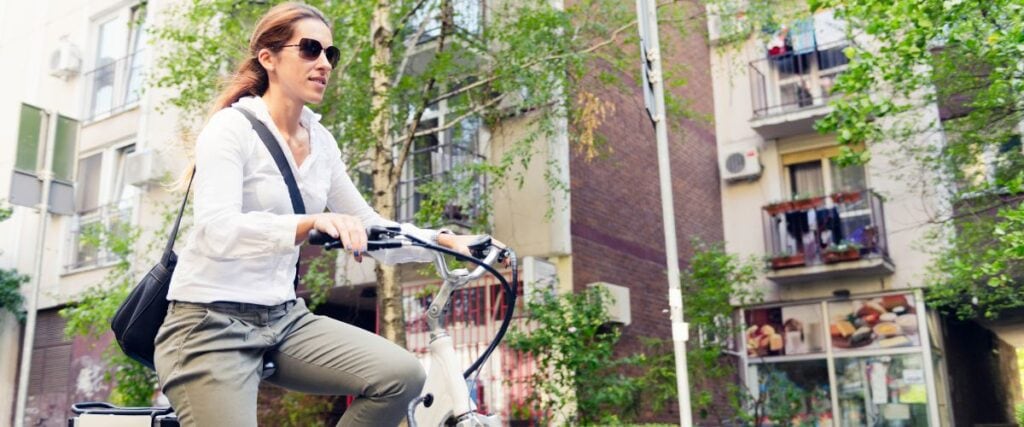
Obeying traffic laws is a smart move if you want to commute safely. Stopping at stop signs and lights, signaling before you turn, and staying off the sidewalks are good ways to respect others on the road and stay safe. You may also want to use a bike bell if you’re cycling in the city or using multi-use trails to get to work. Depending on where you’re biking, local law might also require you to put lights on your bike’s front and rear.
Whatever you do, don’t do things like ride against traffic, bike across medians, or weave in and out of stopped or slowly-moving traffic. These are surefire ways to make other cyclists and vehicle traffic angry. You might also risk your own safety on the road.
7. Be prepared for anything.

If you plan to use your bike to commute to work, you’ll want to make sure you actually get to your destination! And a flat tire or damaged bike can really put a damper on your morning or evening commute. Prepare for the worst and carry a fix-a-flat kit and be prepared to use it if you ever get a flat tire. Always bring your ID, wallet, and phone, so you’re prepared to handle emergencies.
Additionally, if you live a car-free life, investing in a second bike might be worth it so you always have a backup. Of course, bike commuting exposes you to all sorts of crazy weather, too, so come prepared with a waterproof jacket, pants, and shoe covers. Installing mudguards on your bike will keep water and mud from splashing onto your clothes.
8. Wear bicycle safety gear.
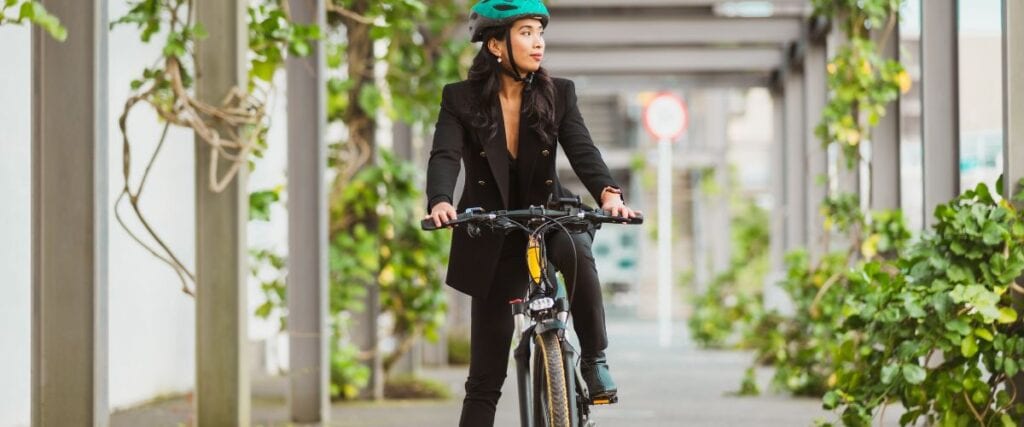
You don’t have to go out and buy all the best safety gear. Instead, we recommend focusing on the essentials, like a good helmet, bike lights, a bike bell, and a solid bike lock. A reflective vest or tape will also help with visibility in the early morning or evening hours.
If you want to do more, the Bicycle Alliance of Minnesota also recommends cyclists use the following safety equipment:2
- A front headlight
- A rear red reflector
- Bicycling gloves
- Shatter-resistant eyewear
- Leg bands (to keep your pants away from your bike chain)
- A multi-tool for basic repairs
9. Experiment with different ways to carry your stuff.

Chances are, if you’re bike commuting to work, you’ll also be carrying your work gear. Whether that’s your laptop, a few books, lunch, or all three, you’ll need an easy and safe way to transport it via bike.
Many cyclists install a bag on their handlebars or behind their saddles. But you can also wear a backpack or sling bag while you cycle. Take some time to experiment with different options before you officially begin commuting to work. That way, you can find the most comfortable and convenient option for you.
10. Recruit a friend to bike with you.

And finally, if you’re nervous about bike commuting to work for the first time, invite a friend to join you. Having a more experienced cyclist to guide you is ideal, but any cycling friend or family member will do! Hang back and let them lead the way while you get comfortable navigating the road on your bike.
Key Takeaways:
Bike commuting is an excellent way to get to work but it can be challenging. These tips can help you prepare for the unexpected, get comfortable on your bike, and ensure your commuting experience is both safe and positive.Sources:
- League of American Bicyclists. (2023, January 9). Signaling and Scanning | League of American Bicyclists. https://bikeleague.org/videos/signaling-and-scanning/
- BikeMN. (2021, May 26). Safety Equipment – Bicycle Alliance of Minnesota. Bicycle Alliance of Minnesota. https://www.bikemn.org/mn-bicycling-handbook/safety-equipment/




